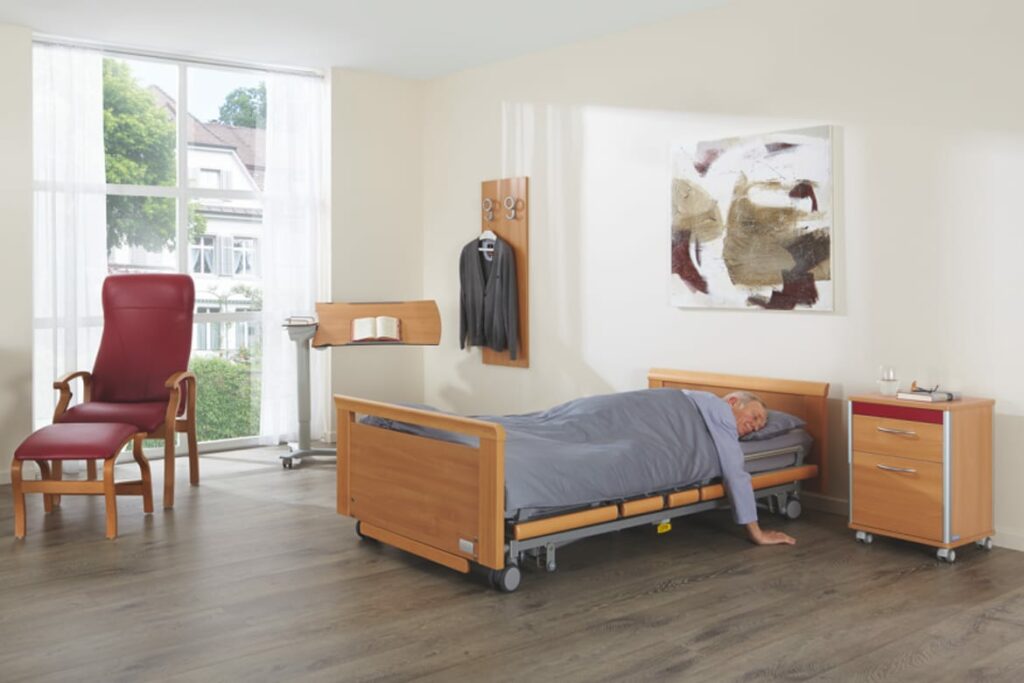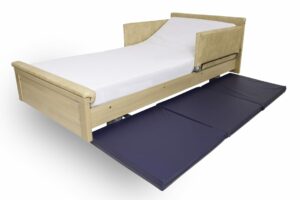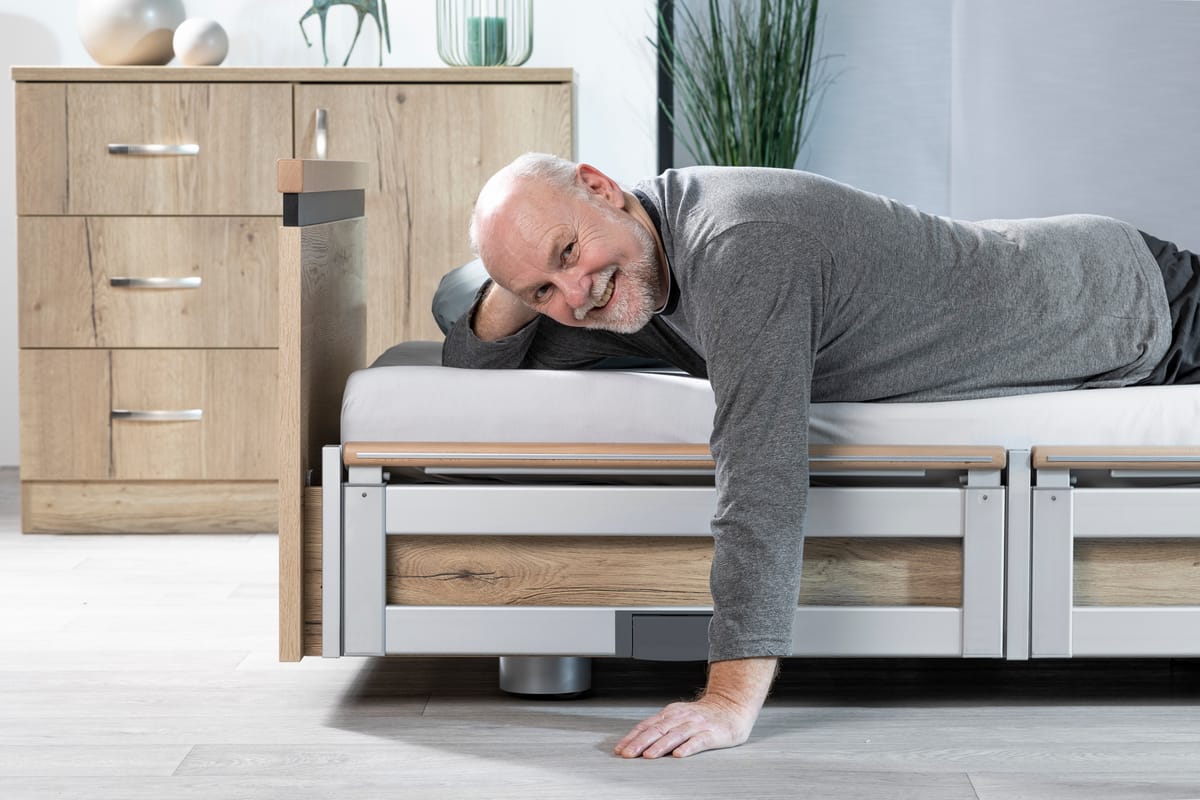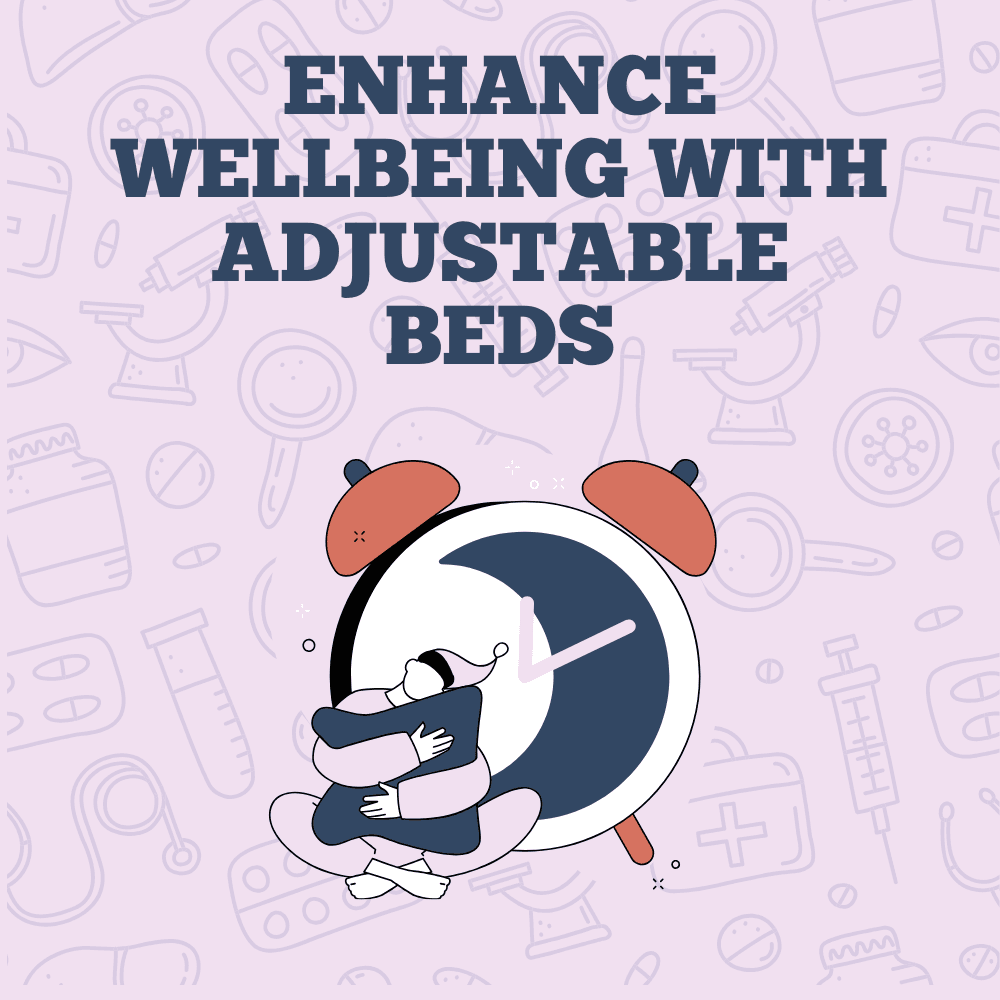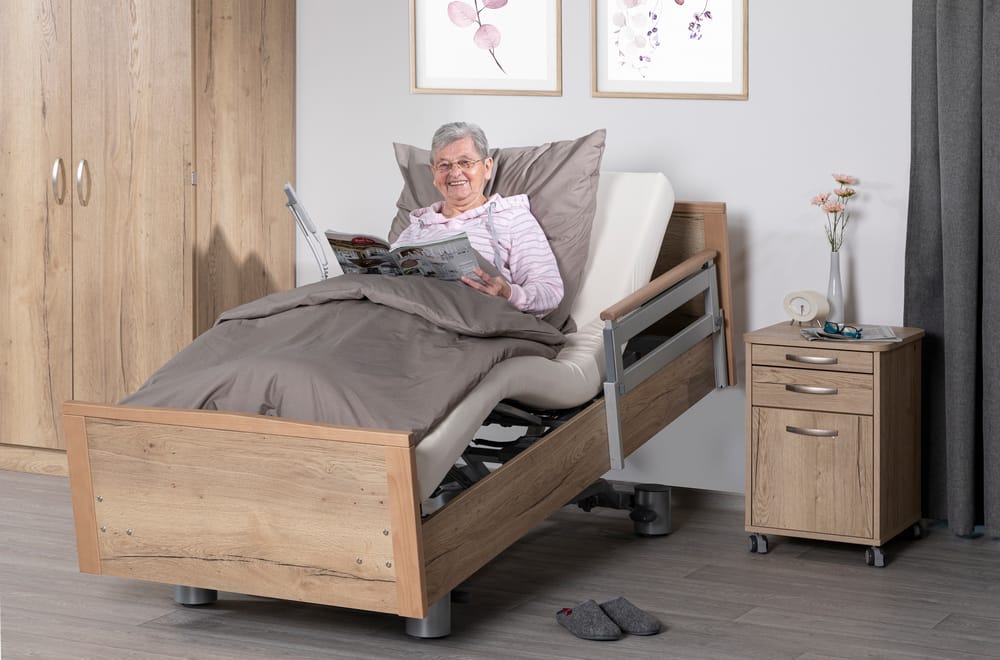Figures show that of 45,000 people aged over 65 years within one local authority, just over 1 in 3 will fall, 1 in 20 will attend hospital as a result and 1 in 40 will sustain a fracture. The average cost to health (NHS) and social care of a single hip fracture is £30,000.
Lows Beds To Reduce The Risk From Falls
Low beds are useful as part of a multi-faceted approach to reduce the risk of injuries from falls from bed.
Low beds reduce the risk of injury due to their low height from the ground, should the user fall from bed. Split or full length side rails with conformance to BS EN 60601-2-52:2010 Standard for Beds for Medical Use may be fitted, which will reduce the chance of falling. For dementia patients where it is assessed as being a high risk of injury of falls, we often recommend the use of a low bed with head end assist / side rails with protective padding.
BaKare’s low beds will adjust as low as 25cm above the ground and will rise to 82cm high. Many other low beds suffer from overly large footboards due to their design, making the user feel ‘boxed in’. Our design is unique because they retain the standard footboard and appearance whilst offering true low bed and high bed range of height adjustment.
Ultra Low Beds or Floor Beds
Ultra low beds have grown in usage over the past 6 – 7 years as a way of reducing risk of injuries from falls. The typically will lower to a very low height meaning that injury risk is minimised further, should the user fall from bed. However, we always advise that client dignity must be taken into consideration when using ultra low beds as potentially, users can become trapped on the floor and unable to get out of bed, particularly if unsupervised.
Additional, ultra low beds typically do not have assist / side rails to help the user exit the bed & concerns are that should the user attempt to pull themselves upright from the floor, users may grab the nearest item of furniture, risking pulling it over onto themselves or having a secondary injury.
Lows Beds as an Alternative to Leg Lifters
When transferring into bed, raising legs and feet up onto the bed can be difficult for both carers and users. Motorised, mechanical leg-lifters are one way of achieving this, however users often complain that they are bulky, expensive devices retro fitted to the bed.
We find that this can mean transferring into bed without assistance, thus increasing independence & well being
An often overlooked benefit of our low beds is that instead of using a mechanical leg lifter to raise the feet, the bed may be lowered closer to the ground with the user sat on the bed and feet on the floor, effectively raising the feet nearer to the mattress height.
For partially independent users of our beds, we find that this can mean transferring into bed without assistance, thus increasing independence & well being, whilst reducing costs and demand on care.
Low Beds within our Range
Our low beds have been designed to benefit users vulnerable to falls from bed through the use of ultra-low undercarriages meaning the user can sleep at a very low surface height.
Dementia Low Bed
The Dementia bed has been designed for users with dementia, complete with protective rails & padding. Read more
Volker 5384 Kepler Low Bed
The Volker 5384 Kepler Low Bed offers a patented split side rail system, with a homely appearance. Read more 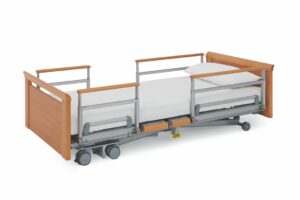
Evolution 400 Quad Low Bed
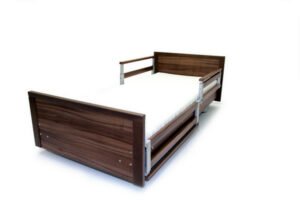 One of our best selling low beds, featuring a versatile split side rail system for assistive or nursing care. Read more
One of our best selling low beds, featuring a versatile split side rail system for assistive or nursing care. Read more
Further Reading
- BS EN 60601-2-52:2010 Standard for Beds for Medical Use https://www.bakare.co.uk/standard-for-beds-for-medical-use-bs-en-60601-2-52-2010/

